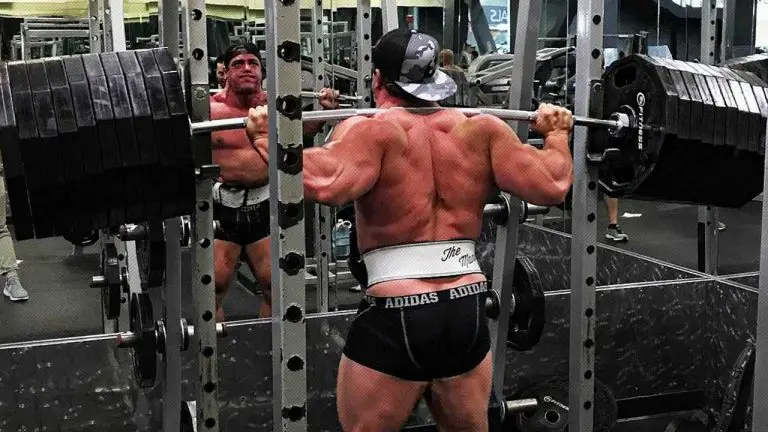Is It Better to Jump Rope Without Shoes? – Common Jump Rope Questions
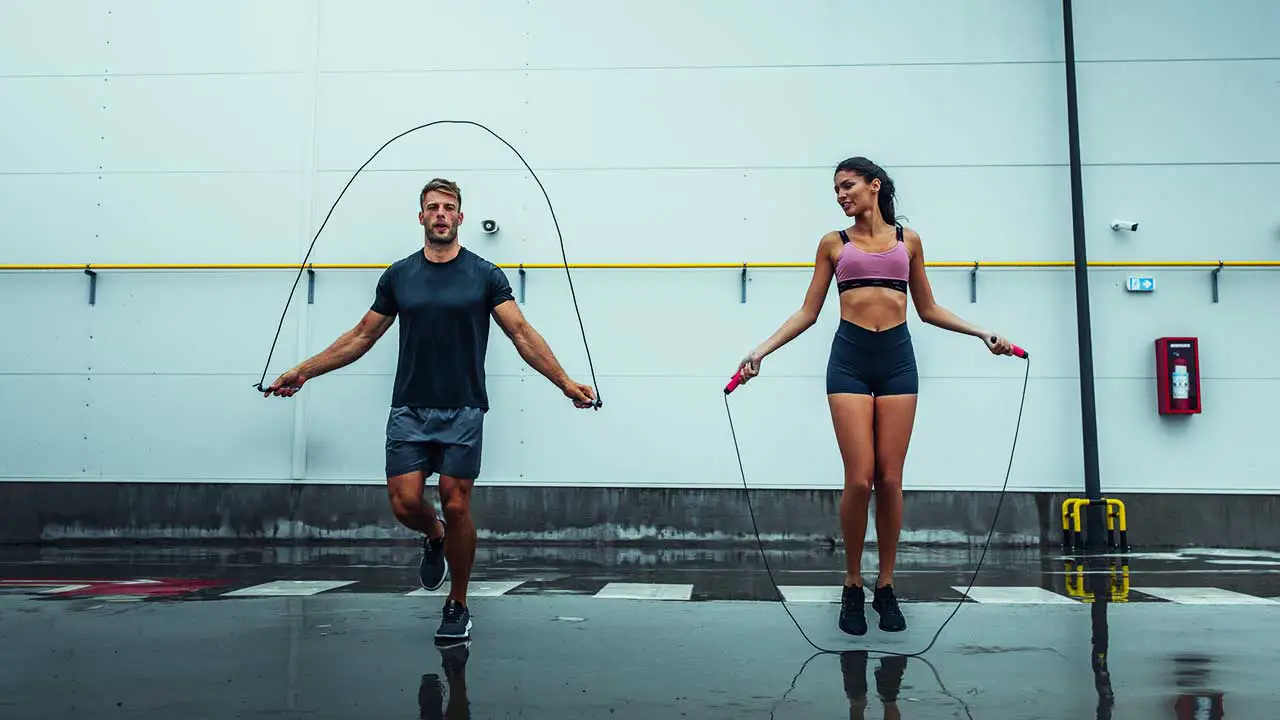
ListedFit is reader-supported. When you buy through links on our site, we may earn a small commission.
In the gym, you are going to see people jumping rope with and without shoes. Which is better?
The question of ‘is it better to jump rope without shoes’ is quite common.
While jumping rope without shoes may seem dangerous and painful, for many jump rope enthusiasts, myself included, it is the best way. Jumping rope barefooted offers benefits that far outweigh the risks.
I hope to explain why I prefer barefoot jump roping and why you should consider it yourself. I won’t just give you my opinion. I will back it all up with facts.
Your Foot Is a Complex Structure
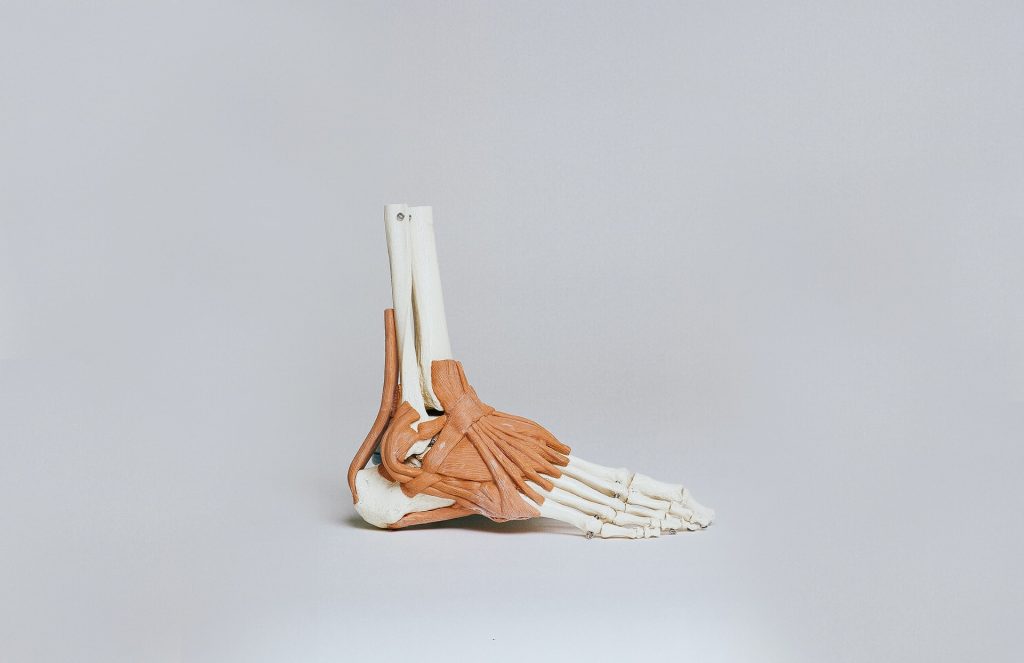
Did you know the human foot has over 100 muscles, tendons, and ligaments? All these components work together to move your foot freely. Your feet are one of the most complex and hard-working parts of your body.
When you wear shoes, the components of your feet are bound and unable to move freely. Having your feet bound while jumping rope can lead to injuries and improper form.
Table of Contents
What Are the Benefits of Jumping Rope Barefoot?
When it comes to jumping rope without shoes, it’s useful to know what the possible benefits can be.
If you’ve never jumped rope barefooted, you are missing out on multiple benefits, including the following.
- Improves Foot Strength
Your foot contains 20 different muscles and a third of your body’s joints. Without shoes, your feet muscles are not bound so they can move freely. Barefoot jump rope allows you to work every foot muscle, leading to better strength, stability, and balance.
- Improves Foot Flexibility
While jumping rope barefooted, you primarily rest on the balls of your feet. By resting on the balls of your feet, they become more flexible. With greater flexibility, you will dance, play basketball, and even transverse stairs with ease.
- Improves Foot Health
While shoes undoubtedly have their place, wearing shoes while jumping rope can lead to blisters, fungal growth, and pain which is the reason many people come to question ‘is it better to jump rope without shoes?’. Keeping your feet free from binding allows them to breathe, helping your feet stay healthier and more comfortable.
- Improves Arch Support
Many people do not realize how weak their arches are because they wear shoes frequently. The arches of your feet assist with bearing the weight of your body and absorbing shock. With shoes on, the arches cannot do their job, leading to weakness and even foot pain.
Is It Safe to Jump Rope Without Shoes?
Jumping rope barefoot is safe, but you should remember this is an advanced workout, so you cannot take part in any overly fancy footwork.
While it is safe to jump rope without shoes, you should not jump barefoot on the following surfaces.
- Concrete
- Tarred surfaces
- Rocky terrain
- Uninspected surfaces
It is safer to jump rope barefooted on a mat, soft grass, sand, or a gym floor. When jumping rope barefooted, make sure you land softly and on the balls of your feet.
Try to keep your feet together as much as possible. Remember that you are not wearing protective shoes, so getting hit with the rope hurts your feet. This is not the time to try out some fancy footwork. Stick with simple jumps and a steady pace to stay safe.
Are Running Shoes Good for Jumping Rope?
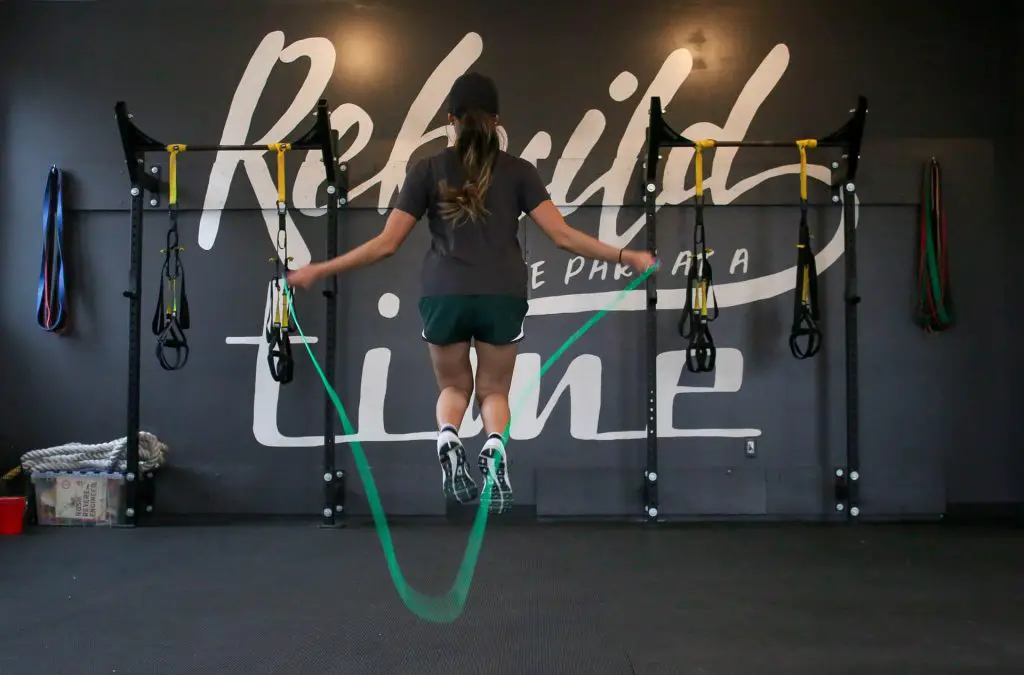
As you likely know, most running shoes have elevated heels. As a side bit of information, running shoe manufacturers started elevating heels in the 1970s to reduce Achilles’ heel problems.
While an elevated heel is ideal for running, it is not so good for jumping rope. When jumping rope, you need a flat rubber sole. An elevated heel will throw you off balance and prevent you from landing safely while jumping rope.
I do not recommend running shoes for jumping rope for this reason alone. I’ve seen people suffer serious injuries because they tried wearing running shoes while jumping in the gym.
Are Boxing Shoes Good for Jumping Rope?
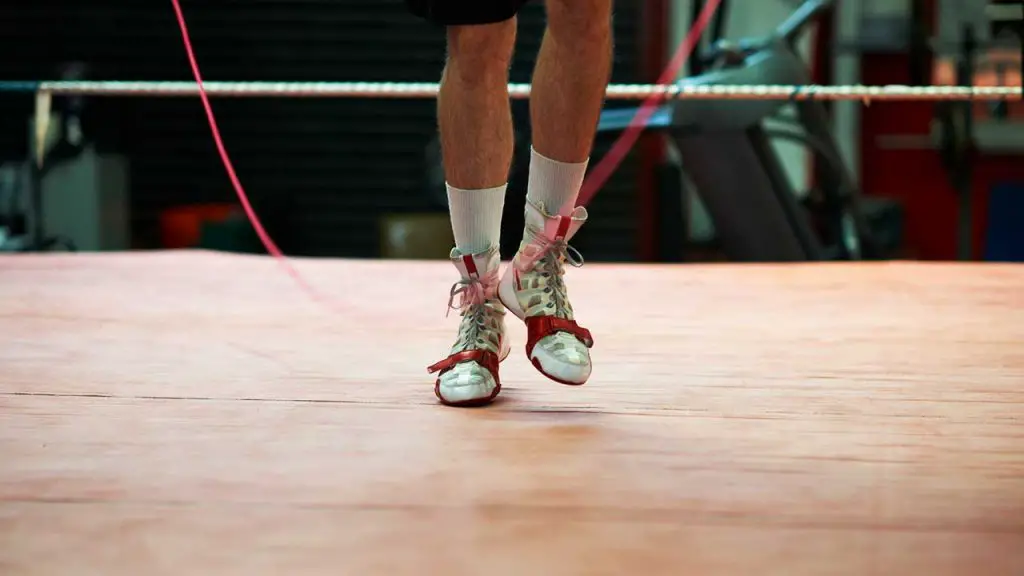
Everyone knows boxers workout by jumping rope, and they often wear boxing shoes. While boxing shoes are a safer alternative to running shoes for jumping rope, they have some drawbacks.
Boxing shoes go higher above the ankle than running shoes. The height helps stabilize the ankle and prevent rollover injuries, but it also makes your foot less flexible, which could equate to improper form while jumping rope.
If you have weak ankles and improper form, you are likely hitting your feet and lower legs with the rope a lot. With boxing shoes on, you will not feel the pain of a rope hit.
I have found boxing shoes to be helpful for people who are just getting started jumping rope because they often lack proper form. If you’ve ever injured an ankle, you may need the higher level of support only a boxing shoe can provide.
In the end, try them out and see how your form responds. Do they give you the support you need or make you feel as if you are being thrown off balance?
Perceived Benefits of Jumping Rope Barefooted
Jumping rope is, without a doubt, one of the best exercises for your body. It strengthens your cardiovascular system and promotes weight loss. Jumping rope barefooted offers multiple benefits, but it will not offer miracle results. The following are some of the perceived benefits people expect and may not receive.
- Some people think jumping rope will be easier without shoes, but this is not the case. You are going to need to build up skill to get proper form. Once you are skilled at jumping rope, try it barefooted.
- People sometimes mistakenly believe jumping rope barefoot eliminates foot pain. If you jump correctly, this is mostly true. If your form is improper or you are jumping on the wrong surface, you could experience greater foot pain barefooted. I’ve seen a friend jump rope on marble and get many blisters on their feet.
- Another perceived benefit of jumping rope barefooted is increased speed. Some people think without shoes in the way they can jump faster and use more footwork options. You need to keep your jumps simple while barefooted. You will need to slow things down a bit and keep your jumps steady.
How Long Should I Jump Rope?

As I’ve said, jumping rope is one of the best things you can do to get in shape and protect your health. If you aren’t doing it yet, you should! For the best results, I recommend you jump rope every other day.
Beginners
When you first start jumping rope, things are going to be awkward. Kids make it look so easy, but it takes skill and coordination. It also requires strength.
You should start by focusing on your form. Get the basics down by practicing one to five minutes three times a week. You can slowly build up your time as you gain better form and stronger footing. Remember to wear shoes at first until you successfully improve your form.
Intermediates
If you know your way around a jump rope and are easily mastering your five-minute workouts three times a week, it is time to increase the intensity.
You should try fifteen-minute jumping sessions three times a week. If you find you cannot withstand the full fifteen minutes, dial back to ten until you gain strength.
Advanced
If you are advanced in jumping rope, thirty-minute sessions three times a week are your goal. Remember to work up to thirty minutes slowly.
To further increase the intensity of your workouts, you can increase the weight of your jump rope. Jump ropes come in weight ranges from 0.5 pounds to 5.5 pounds. Work up slowly because the added weight puts more of a burden on your muscles than you may realize.
You can eventually add jump rope routines to your workouts, but remember to proceed with caution. Always wear shoes if you plan on doing advanced footwork because you can become injured.
The best part of jumping rope is that you can make it as easy or advanced as you need. Jumping rope is very forgiving, even if you have not been in the gym in months.
You can jump rope just about anywhere, but remember to be careful on the surfaces you choose if you will be barefoot. You can become seriously injured or develop foot pain on the wrong surfaces.
Is It Better to Jump Rope Without Shoes? – The Bottom Line?
Jumping rope barefooted is not for everyone. I recommend it for the benefits I outlined above. You will truly see added strength and flexibility in your feet and also improvements in your balance. Just be sure to proceed carefully and increase your jump rope skills before trying to go barefoot. As you gain skill, increase your session times and eventual weight.
Author
-
Stuart Patrick is a health and fitness lifestyle journalist who writes for ListedFit.com.
“I've spent a lot of time trying to get in shape and change my body and I realised there are so many untruths in the health and fitness industry that can slow down or stop your progress, so I share my knowledge and experience to help others to cut through the BS.”
Latest entries
 NutritionJune 5, 2024Shilajit Products
NutritionJune 5, 2024Shilajit Products FitnessMay 14, 2024Donate Blood
FitnessMay 14, 2024Donate Blood GearApril 6, 2024HOKA Kawana 2 Review – Are These The Best HOKA Gym Shoes?
GearApril 6, 2024HOKA Kawana 2 Review – Are These The Best HOKA Gym Shoes?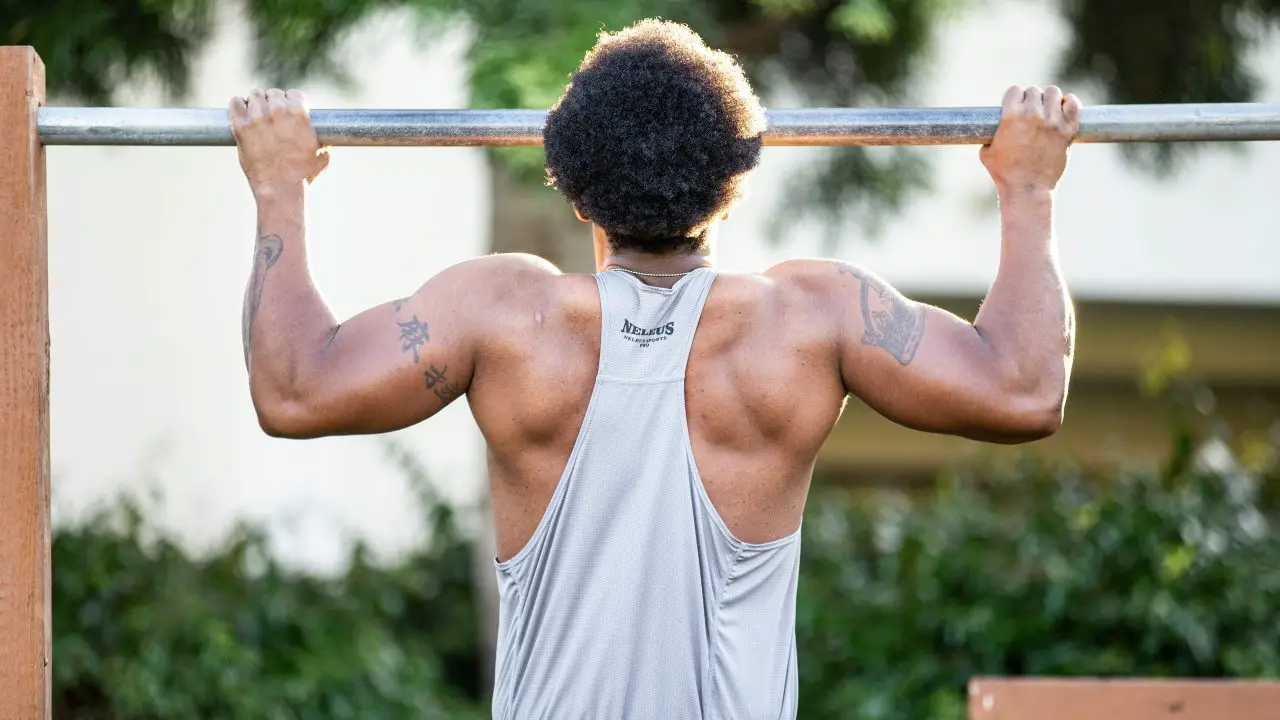 CrossFitApril 4, 2024How Many Pull-Ups Should I Do Daily? Let’s Figure it Out…
CrossFitApril 4, 2024How Many Pull-Ups Should I Do Daily? Let’s Figure it Out…
Affiliates:
This post may contain affiliate links that at no additional cost to you, the site may earn a small commission. We only recommend products we would use ourselves and all opinions expressed on this site are our own.
General Advice:
The information provided in this article is for general informational purposes only. It is not intended as a substitute for professional advice. Always consult with a qualified healthcare professional before starting any new diet, exercise program, or making changes to your health routine.
Accuracy Advice:
While we strive to provide up-to-date and accurate information, the content in this article may not reflect the most current research or medical guidelines. We encourage readers to do further research and consult with professionals for more personalized advice.
Our Recommendations:
The products and services mentioned in any of our articles are recommended based on our independent research and personal experience. We are not sponsored by any company. We aim to suggest products and services we believe are of high quality and could be beneficial to our readers.

